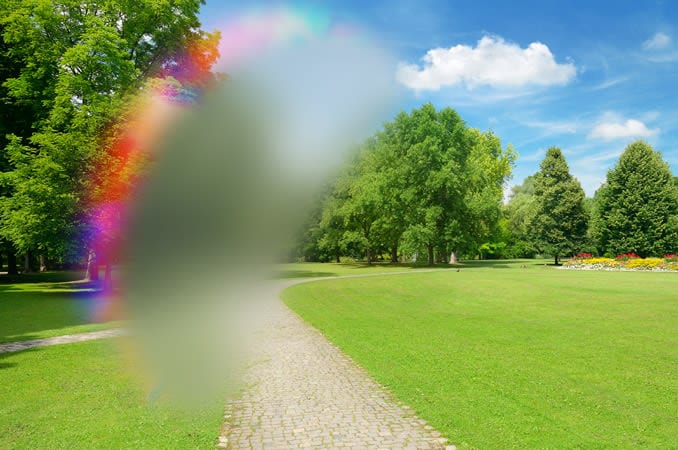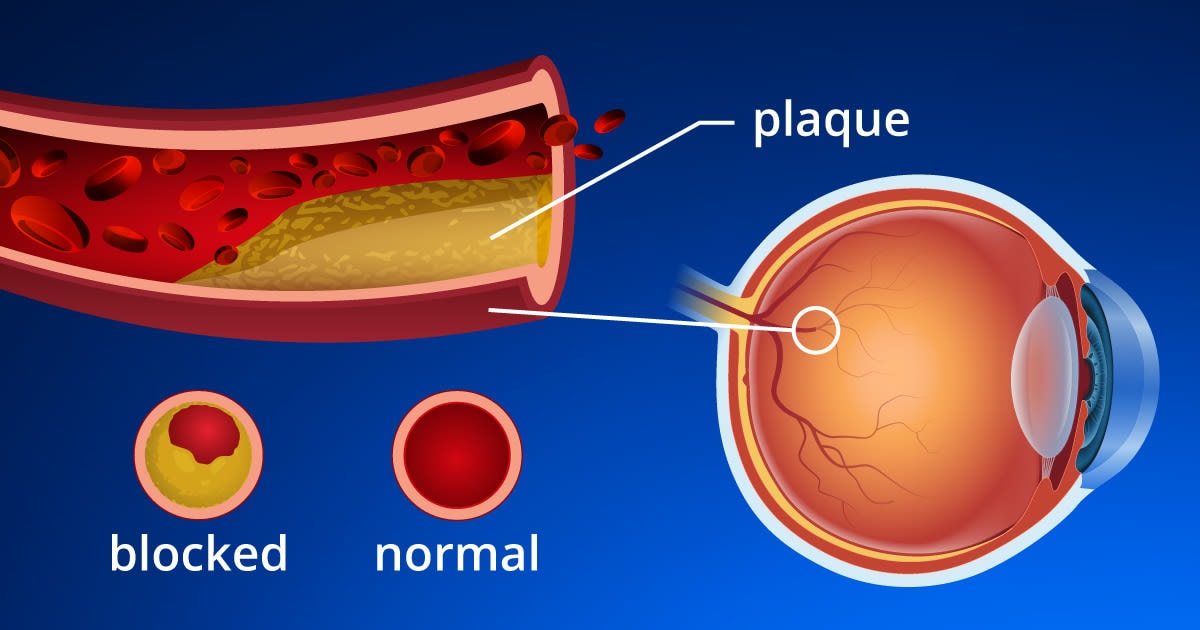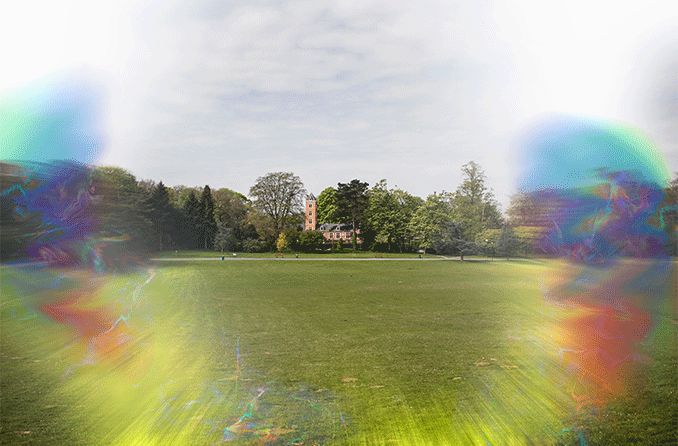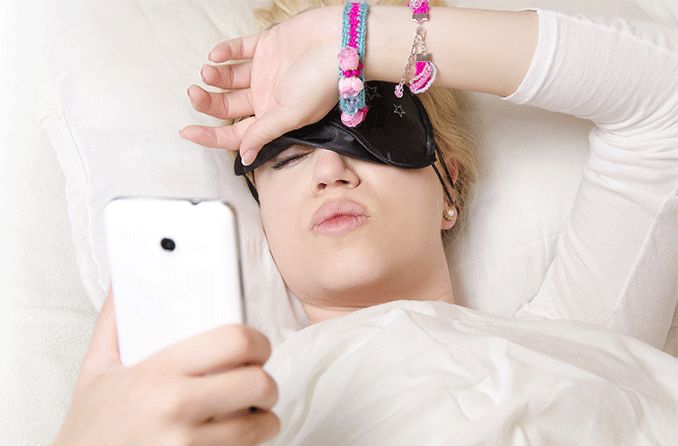Ocular migraines vs. migraine auras
A retinal (ocular) migraine is a type of migraine, but a migraine aura is a group of symptoms. They're similar in some ways, but they aren't the same.
Retinal migraine (ocular migraine)
A retinal migraine starts in the back of your eye (retina) or right behind your eye.
During an ocular migraine, there is a temporary reduction in blood flow to this area. This is why they have a unique type of visual symptoms.

Eye anatomy depicting the location of the retina.
Retinal migraines have been called many different names. In addition to "ocular migraines," some people call them "optical migraines" or "eye migraines."
People can experience pain during or after an ocular migraine, but you can also see vision changes without any pain.
Retinal migraines are rare, but researchers don't know exactly how rare. Some information suggests only one in every 200 migraine patients gets retinal migraines.
Doctors can't diagnose retinal migraines the same way they diagnose other problems. Instead, they diagnose them by ruling out other conditions that cause the same symptoms.
Migraine aura
A migraine aura starts in your brain, not your eye. The aura is one or more symptoms that can happen right before a headache starts. These visual symptoms happen in both eyes.
Some people experience an aura without any pain at all. Doctors call this an “acephalgic migraine” or a “migraine aura without headache.”
It's also common for people to call them "visual migraines." This may be why they get mixed up with ocular migraines so often. Here is an easy way to remember the difference: "visual migraines" happen in your vision, but "ocular migraines" happen in your eye.
About 8% of the population gets migraines with aura.
One in every four people who get migraines sees an aura beforehand. Others will only experience symptoms like headache, nausea and vomiting.










